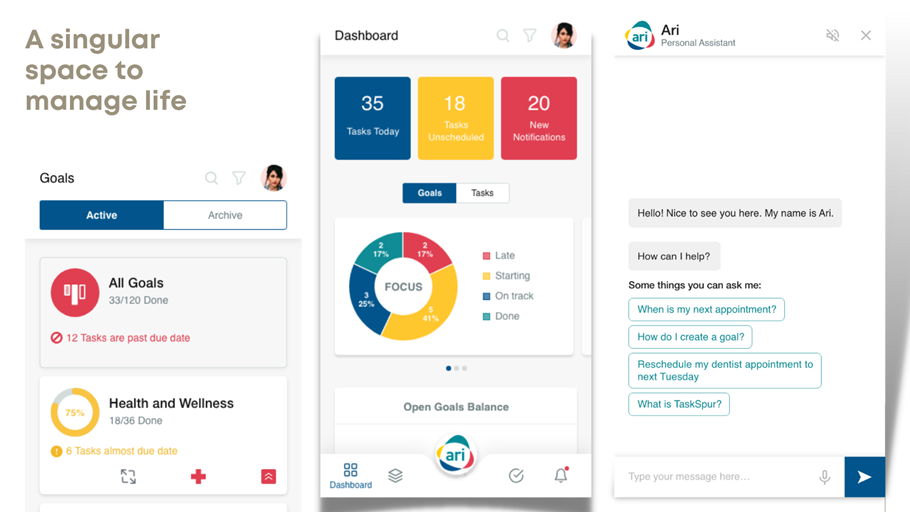Productivity Secrets of Famous CEOs (Part 1)
Many of the world’s top CEOs are known for productivity quirks that set them apart from most mainstream leaders. These influential men and women are known for being ruthless with their time, curating personal rules that allow them to maximize their mental resources in order to achieve the results they want.
So what makes the likes of Steve Ballmer, Steve Jobs, and Jeff Weiner absolute masters at time management? Let’s take a look at their productivity secrets.
1. Say NO to most things

Apple Founder Steve Jobs and business magnate Warren Buffett believe that the key to getting the thing you want to be done is to eliminate all other things on your plate that are not contributing to it.
Albeit myopic, this laser focus onto a single target allows you to dedicate your limited energy, attention, and time into completing it without getting distracted by a hundred other things vying for your attention.
2. Read only a definite number of emails every day

CEO of Zappos, Tony Hsieh only reads a fixed number of emails from the previous day. This way, he doesn’t have to check every email that pops into his inbox every five minutes. He calls this productivity hack Yesterbox.
The great thing about Yesterbox is that you avoid training yourself to be reactive by responding to every stimulus as they come. Instead, you are owning the rules, practicing self-discipline, and yet still making progress at the end of the day.
After all, anything truly urgent should warrant a call and not an email.
Related: Productivity Secrets of Famous CEOs (Part 2)
3. Request for a response time

An efficient way to encourage a quick and effective flow of communication among team members is to ask for a response time in your emails. Birchbox cofounder Katia Beauchamp swears by this rule.
When you prompt people to dish out a deadline, you’re not just communicating that the project is important; you’re also subtly implying that your time is something that they need to respect and be mindful about.
As a manager, this technique helps you effectively manage your time and schedule around strict project timelines without constantly being at the mercy of other people’s long response times.
4. Reserve time for thinking

Being in a leadership role somewhat forces one to be perpetually in response mode. But Jeff Weiner, LinkedIn CEO, believes it’s most important to occasionally take a step back to think.
Thinking gives you the opportunity to work out things the right way without the pressure of time, and to weigh out your options so that you can eventually make solid, long-term decisions.
5. Create a time budget

Former Microsoft chief Steve Ballmer spends his time like he makes most money decisions — with a budget.
When you think of time as a currency — a chunk of your life paid to someone or something else, you’d want to be more meticulous at where you’re cashing it out.
Using a time budget makes it easy to prioritize important tasks and appointments. Once you realize that your time, like everyone else’s, is limited, you’d also hopefully know to spend it on the things that are of the most value.
Make the most of your time
Manage your personal, professional, health, and finance goals conveniently in one place with TaskSpur. Powered by artificial intelligence, TaskSpur is a productivity hub that allows you to get a detailed birds-eye-view of your current life goals and challenges. Effectively, it offers a singular space through which to manage life.

Try it for free!
Download TaskSpur on Android | Download TaskSpur on your iPhone
Sign up or Login on your browser
Related: Productivity Secrets of Famous CEOs (Part 2)